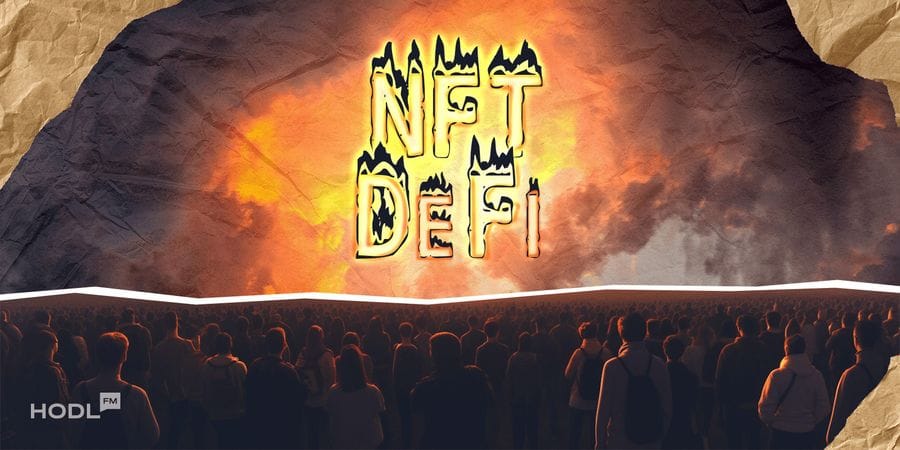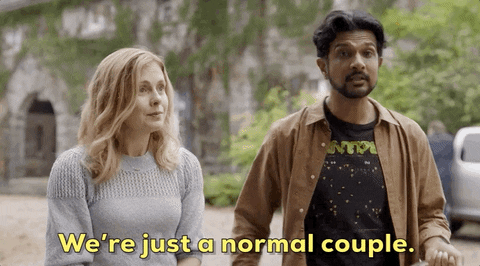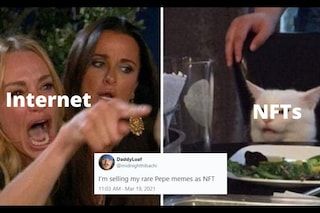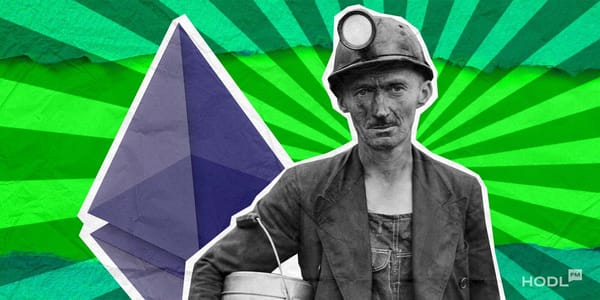NFTs and DeFi, often seen as an ordinary couple, are actually not that ordinary. They are going their way into the limelight with a synergy that’s as intriguing as it is promising. This article discusses the interoperability side of NFTs and DEFI, as well as the potential impacts of bridging both technologies.
You Might Be Interested: The Ultimate 2024 Guide to NFT for Dummies
Introduction to NFTs and DeFi
NFTs (Non-Fungible Tokens) are like the digital version of rare, collectible baseball cards, but instead of storing them in a dusty attic, they exist on the blockchain. Each NFT is a unique, indivisible digital asset representing ownership of something – be it art, music, virtual land, or even a tweet.
Decentralized Finance (DEFI) is a financial technology that draws inspiration from blockchain technology, decentralisation, cryptocurrencies and financial services. So that users of DEFI can have access to services like crypto lending, crypto borrowing, trading digital assets, providing liquidity to crypto tokens, yield farming and so on.
The growing synergy and cross-platform Integration between NFTs and DeFi is a bubbling conversion that has once been on the ‘talk of town’ leaderboard. Let’s break it down, should we?
The Dance of NFTs and DeFi: An Overview
Blockchain gaming is redefining the gaming experience. Gamers can now earn NFTs, and these virtual trophies hold real-world value. The metaverse is a virtual universe where NFTs act as the passport to a world limited only by your imagination. Tokenization of real-world assets allows you to own a piece of the Mona Lisa or a share in a skyscraper without ever leaving your couch. Besides, fractional ownership via NFTs makes it possible to own a digital version of the Trump Tower without millions of dollars.
Read More: NFTs Aren’t Dead: A Look at the Future of Digital Collectibles
We’re going to be in a digital world, and we’re going to have digital stuff, and that digital stuff will have value. And you will be able to borrow against it.
Fred Wilson, venture capitalist
NFT-Backed Lending and Collateralization
In the cryptoverse, NFT-backed loans and collateralization are all the rage. Here’s how it works: imagine you own a rare NFT artwork, and you need some funds to invest in the latest DeFi yield farming opportunity. Instead of parting ways with your prized digital masterpiece, you lock it in a smart contract as collateral and receive a loan in return. It’s like using your Mona Lisa to secure a line of credit, but without Leonardo da Vinci’s disapproving gaze.
Advantages? You get liquidity without selling your cherished NFT. It’s tax-efficient, as borrowing may have fewer tax implications compared to selling. And you continue to enjoy the appreciation of your assets.
However, be mindful of the risks. NFT values can be as volatile as a cryptocurrency roller coaster. As your backing crypto sits undisturbed on the liquidity pools, a sudden drop in value could lead to liquidation. Smart contracts, though advanced, are not infallible, with the occasional bug or hack. And the markets themselves can be speculative, so proceed with caution. It bears mentioning that some of the platforms where users have access to NFT-backed loans include decentralized exchanges like PanCakeSwap, Centralized exchanges such as Binance among others.
Real-World Examples and Use Cases: Where NFTs Meet DeFi Success
In the real world (or is it the metaverse?), DeFi projects are already effectively implementing NFTs. Take Aave, for instance, which offers NFT-backed lending. MakerDAO, another DeFi heavyweight, has joined the bandwagon. They’re not alone; Rarible and Uniswap have facilitated NFT trading, served as governance tokens and added more cryptos to liquidity pools, turning NFTs into productive assets.
HODL FM Review: Rarible Review – Full Overview of Rarible NFT Marketplace
The results are as impressive as they are promising. NFTs are now a legitimate source of capital in the DeFi ecosystem, offering benefits to both artists and collectors. Users can earn passive income from their beloved digital assets, creating a whole new world of possibilities.
Another important player in the NFT-DEFI combo is governance tokens. These tokens hold a special role in shaping the future of decentralized platforms and ecosystems. Imagine you’re part of a club, and you get to vote on what music should play or what food should be served at the next party. Governance tokens work somewhat similarly. They give you a say in the decisions made within a DeFi project or NFT platform.
In NFT, DeFi projects, governance tokens often help the community in making collective choices, such as deciding on interest rates for NFT-backed loans or determining the rules for NFT fractionalization. Holders of these tokens can vote on proposals, and the majority’s decision prevails.
This power to influence the rules and policies of a platform is a significant advantage for community-driven projects. It fosters transparency and decentralization, making users feel like active participants rather than passive observers. However, with great power comes great responsibility. The holders of governance tokens must use their influence wisely to ensure the health and growth of the ecosystem.
The beauty of NFTs and DeFi is their adaptability. They’re not confined to a single platform! NFTs from one platform can be used as collateral in a different DeFi ecosystem, and vice versa. This interoperability expands opportunities, making your assets more versatile and unlocking access to various financial services. Aladin would compare this to having a single magic word that opens many doors. As NFTs and DeFi continue to evolve, the ability to effortlessly move assets between different platforms is a powerful feature, bridging the worlds of art, finance, and innovation.
Mitigating Risks
Risk management is key to keeping up with this combo. Smart contracts can help mitigate these risks. They automate lending, borrowing, and collateralization, providing security and transparency.
But as any dance partner knows, communication is vital. Users must remain vigilant, diversify their holdings, and keep a close eye on the market’s beat. Choose your partners (projects) carefully, and never dance without your protective gear.
In Conclusion: The Art and Science of NFTs in DeFi
The coupling of NFTs and DeFi represents immense promise for the future. The interoperability of NFTs and DeFi expands opportunities and unlocks access to various financial services, making assets more versatile. Remember, in this century, even the Mona Lisa can be a part of your financial portfolio. The future is here, and it’s dancing to the rhythm of NFTs and DeFi.
Disclaimer: All materials on this site are for informational purposes only. None of the material should be interpreted as investment advice. Please note that despite the nature of much of the material created and hosted on this website, HODL FM is not a financial reference resource and the opinions of authors and other contributors are their own and should not be taken as financial advice. If you require advice of this sort, HODL FM strongly recommends contacting a qualified industry professional.









